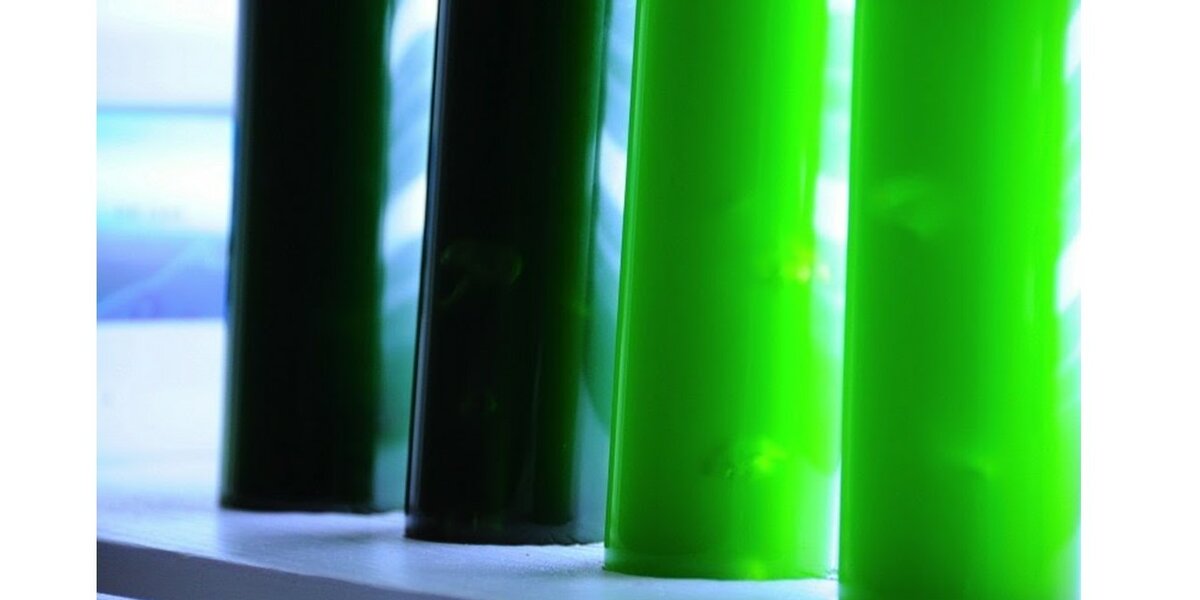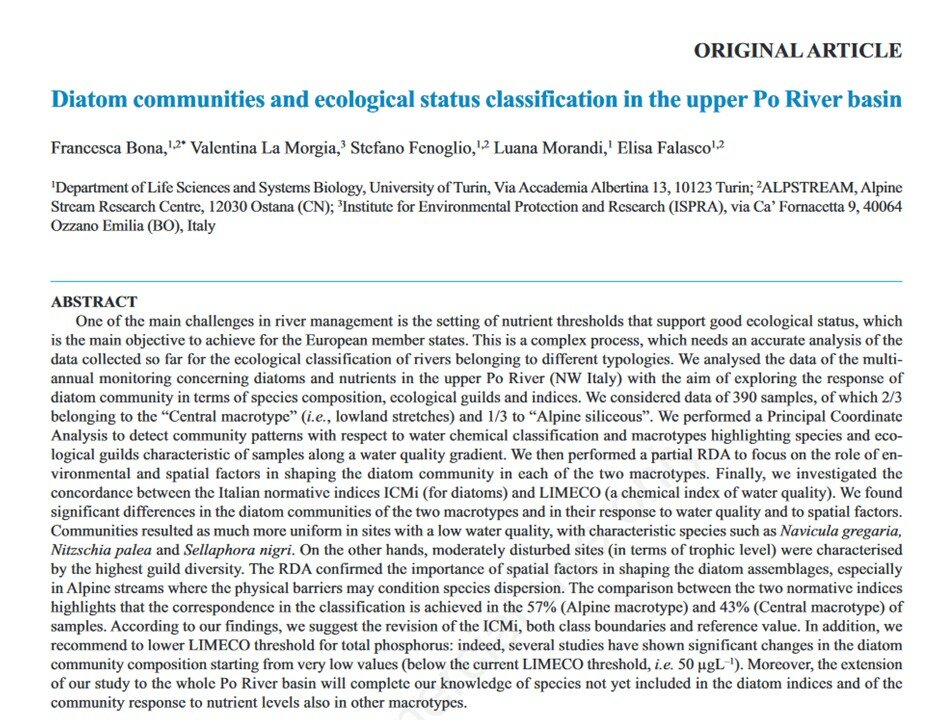
Anthropogenic Pressures, Transported Nutrient Loads, and Water Quality in the Po River Basin District:
Temporal Trends, Impacts, and Possible Containment Measures
The goal of the project is to provide scientific support to the review process of the Po River Basin District Management Plan (PdG Po) concerning the production and management of nutrient loads. This will be achieved through the quantification of diffuse and point-source anthropogenic pressures of nitrogen and phosphorus loads within the Po River Basin watersheds, and by analyzing the relationship between these loads and the quality and functioning of river water bodies. The results of this investigation will help to establish a baseline knowledge to:
1) identify intervention strategies aimed at improving the state and functionality of water bodies, 2) reduce nitrogen and phosphorus inputs to the Adriatic Sea, 3) develop operational tools to assess the effectiveness of these measures, particularly in relation to the issue of surface water eutrophication.
ALPSTREAM holds scientific responsibility for activities related to the interaction between biological quality elements —specifically diatoms and macroinvertebrates (biotic indices, community composition)— and nutrient loads, also to define ecological thresholds for phosphorus and nitrogen concentrations compatible with the "good status" of watercourses as defined by the Water Framework Directive 2000/60.

